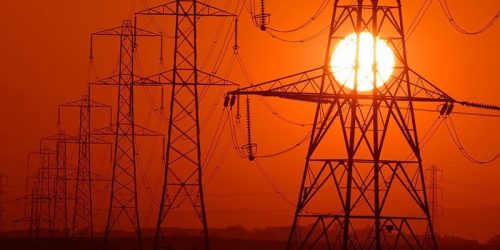LAHORE: Power sector reforms are unlikely to pick up because of the instability in policymaking and poor acceptance of reforms by the employees of distribution companies.
It may be noted that the federal government is set to take up power sector reforms with the International Monetary Fund (IMF) which included decentralization of power distribution companies from the centre to provinces, doing away with the countrywide uniform pricing formula, removal of cross-subsidies, targeted cash transfers through Ehsaas Program, the establishment of power commodity exchange, and issuance Sukuk to get rid of circular debt.
However, the power sector experts have expressed doubts, saying that slow progress of reform process has already been affected the viability of the power sector as signs of adverse effects are visible on the power sector investment and performance.
Muhammad Khalid, the former Director-General Pakistan Electric Power Company, said the pace of reforms is already in doldrums even though Pakistan has successfully avoided supply-side constraints. According to him, the experience of independent power producers (IPPs) has also created a negative impact on the process because of the high cost of IPP plants. He said repeated removals of democratically-elected governments during the decade of the 1990s had diverted the reform process in the power sector soon after it started after the power policy of 1994.
Javed Ahmed, a power sector expert, said Pakistan had formulated a Power Policy in 1994 that opened the power sector to IPPs and offered generous incentives for private investment, including high tariffs for power, take or pay conditions, government guarantee for payments and indexation and pass-through of certain costs due to foreign exchange fluctuation, inflation and fuel price variation. The policy also created the Private Power and Infrastructure Board (PPIB) in 1994 as the single-window entity for facilitating private investment in the sector. He said the policy attracted 19 project proposals for bilateral negotiation with a promised investment of more than $ 3 billion to build 3500 MW. When the power plants became operational in 1997 and 1998, the economy faced difficulties arising from the global recession due to the 1997 financial crisis and economic sanctions against Pakistan after its nuclear testing in 1998. The country was stranded with excess capacity, costly IPP plants (due to reliance on imported fuel oil) and long-term payment obligations to IPPs.





